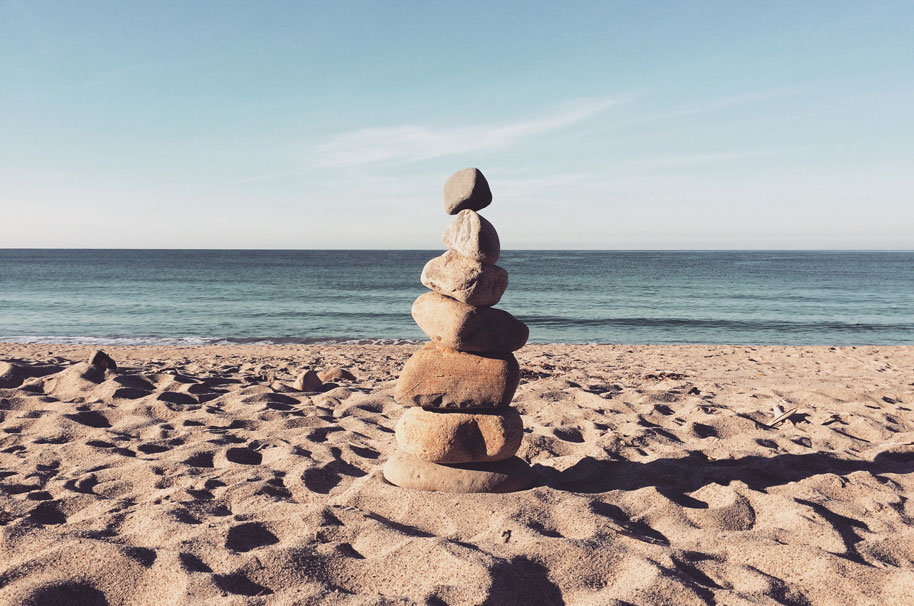
Many years ago, I read an interview with Rajiv and Swati Chanchani in Yoga Rahasya, an Iyengar Yoga publication from India. In the article, they shared their thoughts about raising children as “yogis.” Swati said, “Yoga is more than yogasanas … More important than yogasanas are the yamas and niyamas, the whole yogic lifestyle and worldview.”
Most of us come to yoga through the physical practice. This makes sense because of the Western focus on the body. But in order for our asana practice to be more than simple exercise, it needs to be rooted in the yamas and niyamas. The peace that comes from living a mindful life is what transforms the physical practice to a spiritual one.
A few weeks ago, I wrote a very short synopsis of the yamas. This post will describe the niyamas. As with all the limbs of yoga, practicing the niyamas is a lifelong endeavor. The descriptions that follow are very bare bones. Practice will help you flesh out your understanding. You can also read about them in more detail in my book, Mindful Yoga, Mindful Life.
The Niyamas
- Saucha (cleanliness): Keeping our bodies, minds and surroundings clear and clean simplifies our lives. This helps us to be less distracted, which promotes calm and concentration—a yogic mind state. Saucha asks us to keep our physical space clean and clear of clutter. It also asks us to eat healthy, nutritious food that contributes to our wellbeing. Saucha also includes refraining from polluting the mind with violent images and negativity.
- Santosha (cultivating contentment): Contentment is key to living a happy life. When we can appreciate our lives as they are, we can act from a place of ease, rather than a place of lack. This doesn’t mean that we can’t orient ourselves toward healthy desires. But when we pursue our dreams from a state of contentment, we can do so with joy.
- Tapas (inspiration, commitment): Tapas is the fire, the inspiration, that keeps us coming back to practice. Inspiration comes from commitment. But commitment requires effort. For example, this can mean rolling out your yoga mat or sitting on your meditation cushion every day, even when you don’t feel like it. That effort raises energy, and that energy often leads to inspiration. Over time, it becomes a self-sustaining cycle.
- Svadyaya (self-study or study of sacred texts): Svadhyaya has two aspects that feed and balance each other. Study of inspiring works, whether they be Buddhist, Christian, Yogic or something else, helps us understand the path we’re on. Self-study, such as mindfulness practice, helps us understand the concepts we read about in the context of our lives.
- Isvara pranidhana (dedication of our practice to something larger than ourselves): This is one of the keys to transforming our practice. When we practice for the sake of self benefit, our practice can harden our egos. This shrinks our perspective. Isvara pranidhana invites us to practice for the benefit of something more than our small selves. This could be an inspiring deity or teacher, or all sentient beings.
As we practice the niyamas, our understanding evolves. For example, santosha can mean one thing when we are in our 20s and quite another when we are in our 50s. I suggest focusing on one at a time, whichever one resonates with you, or feels as if it might be less developed. Then lightly, with awareness and kindness, practice making choices that align with your chosen niyama.
